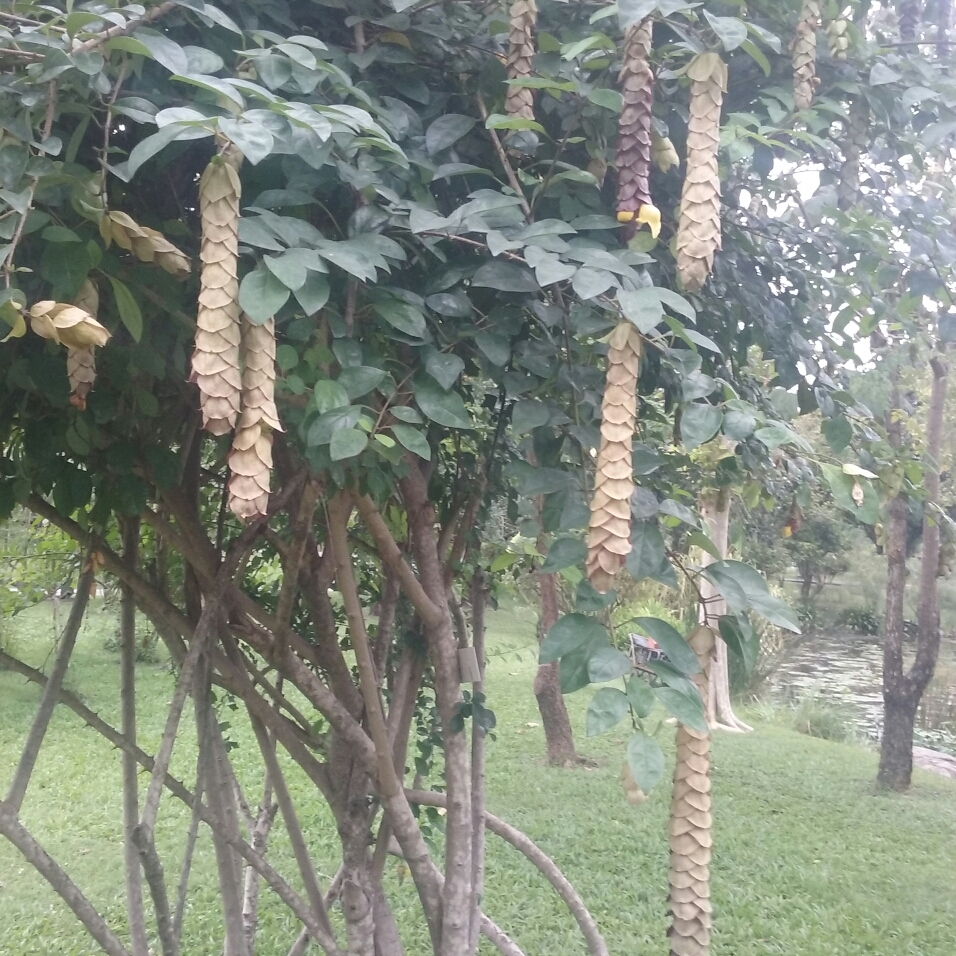
Gmelina Philippensis
Parrot's beak
A rounded shrub with pendant branches, large long leaves and exotic flowers of yellow which emerge at the end of a tube-like bract. The large yellow pod contains 1 seed. It will thrive in tropical conditions but if grown in colder climates, it should be an indoor tree with a temperature above 65°F. If less, it will loose a lot of leaves and it’s growth will be halted.
Contributed by @jeatacake
-
Full sun
-
Occasional watering
-
Not Frost hardy
-
Moist and free draining
Common name
Parrot's beak
Latin name
Gmelina Philippensis
type
Tree
family
Lamiaceae
ph
6.1 - 6.5 Acid - Neutral
Plant & bloom calendar
-
Best time to plant
full grown dimensions
 3.00 M
3.00 M
3.00 M
3.00 M
Gmelina Philippensis
A rounded shrub with pendant branches, large long leaves and exotic flowers of yellow which emerge at the end of a tube-like bract. The large yellow pod contains 1 seed. It will thrive in tropical conditions but if grown in colder climates, it should be an indoor tree with a temperature above 65°F. If less, it will loose a lot of leaves and it’s growth will be halted.
Propagation
From Early Spring TO Early Spring
From woody stem cuttings. Cuttings placed in containers under mist have a success rate of over 70%. From seed; large yellow pod contains 1 seed. Collect seed head/pod when flowers fade; depulp, allow to dry. Further washing is required to remove any remnants of the pulp, which will otherwise cause rapid fungal infection during storage. Direct sow after last frost. Sow seed in standard potting mix with good drainage. Keep warm and lightly moist. May be slow germinating. Air layering and grafting may also be used.
Planting
From Early Spring TO Early Spring
When planting, You have to contain its root mass or the branches and bud nodes will elongate excessively. Gmelina can be grown in a variety of soils, it prefers deep moist soils with an ample supply of nutrients.








